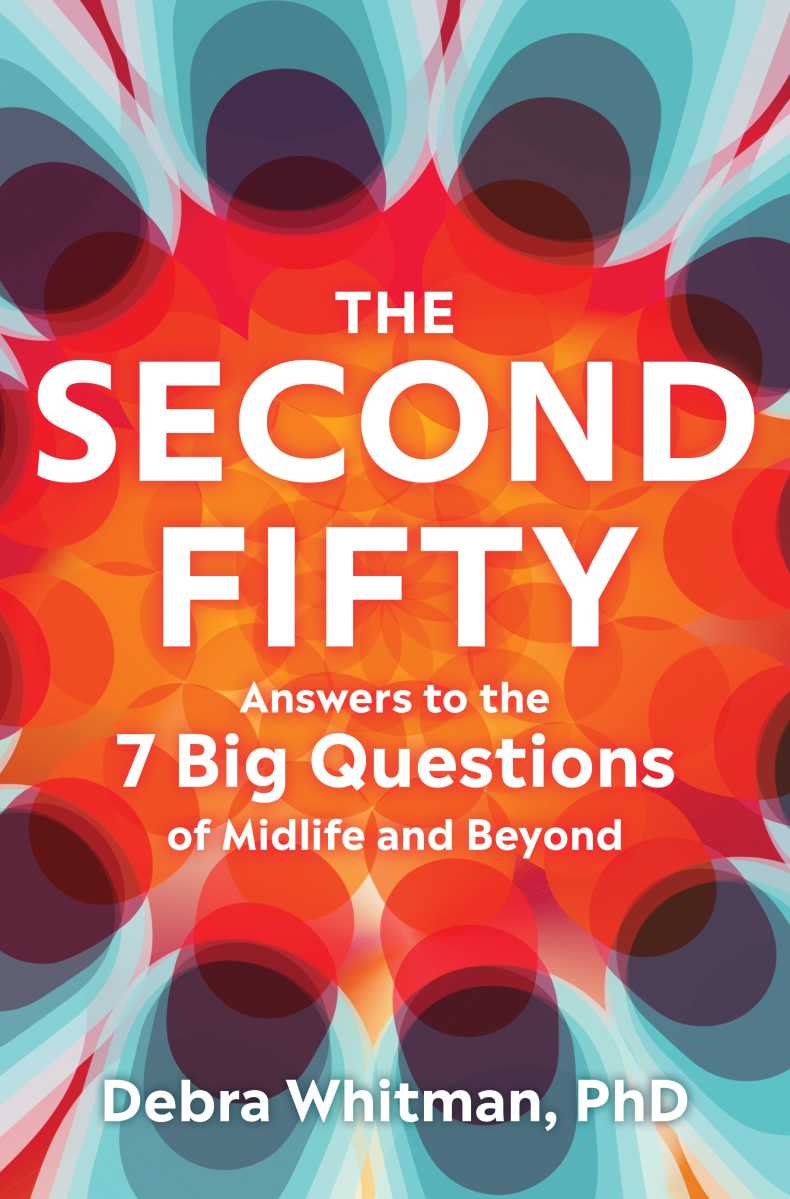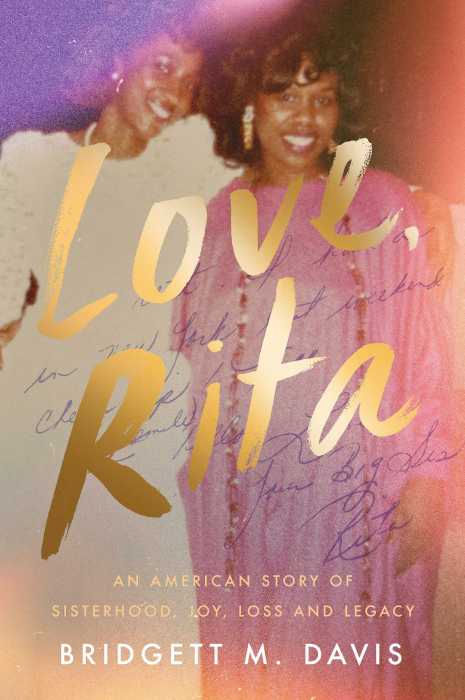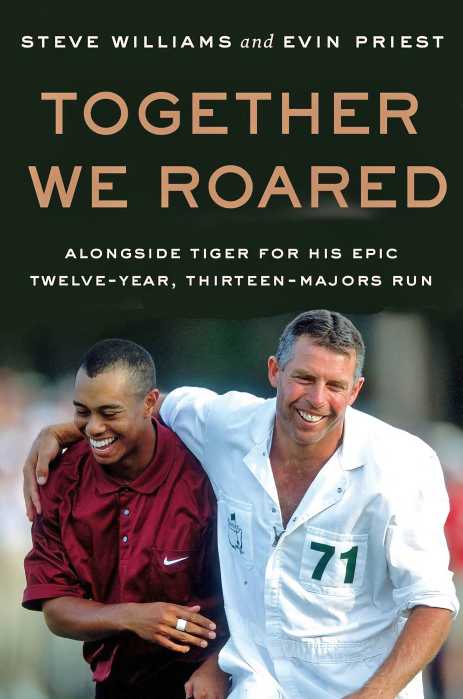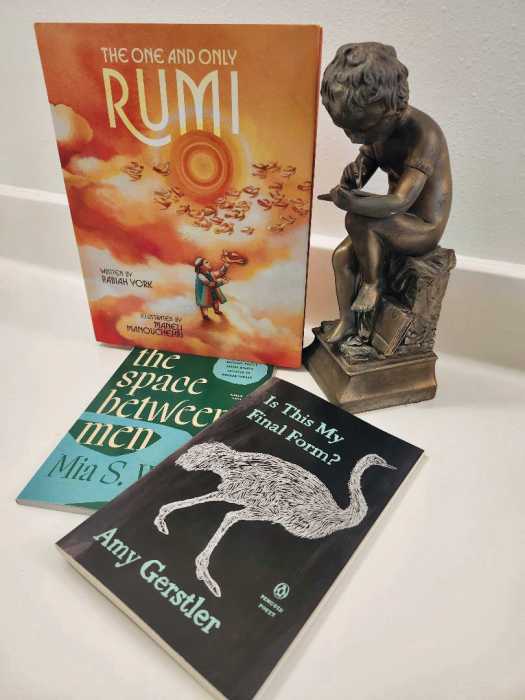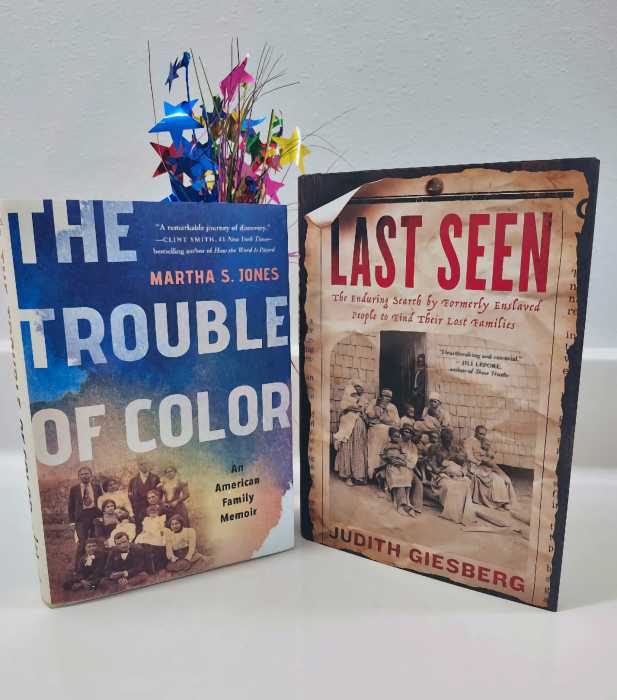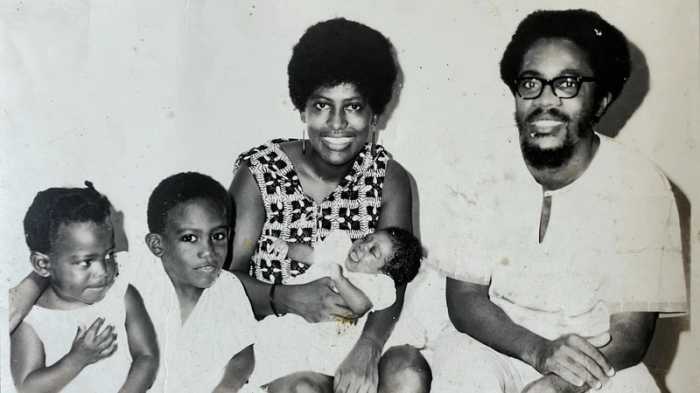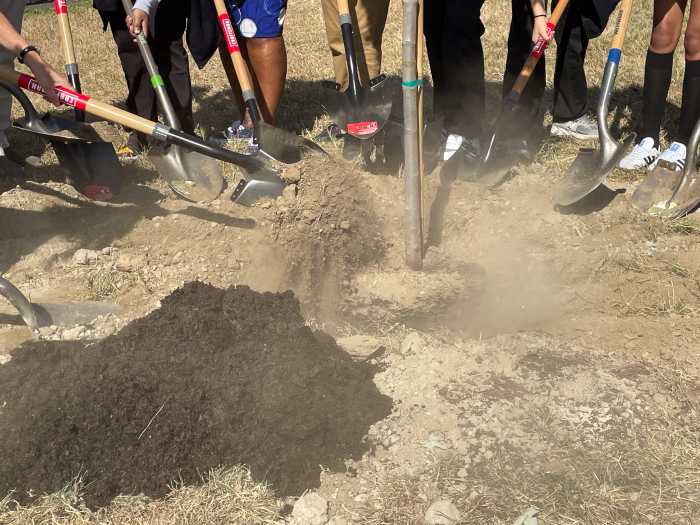“The Second Fifty: Answers to the 7 Big Questions of Midlife and Beyond” by Debra Whitman, PhD
c.2024,
W.W. Norton
$29.99
336 pages
You’ve got big plans.
Resign from your current job and find work that makes your heart sing. Spend time with family and research your genealogy. That dream vacation is on your list, and you’re eyeing a new hobby that looks fun. There are so many possibilities for your retirement. Read “The Second Fifty” by Debra Whitman, PhD, and make sure you get there.
You eat right, exercise, buckle your seatbelt, and you’re financially secure. You’re in good shape, which is what Whitman figured about her husband until he had a life-threatening heart issue while on a hike in the mountains a few years ago. He did everything right – she’s an expert on aging! – but he had three bad arteries, which is common in older men.
That’s when Whitman realized that there are no guarantees when it comes to aging. Even so, there are things you can do to give yourself a better chance at a longer life.
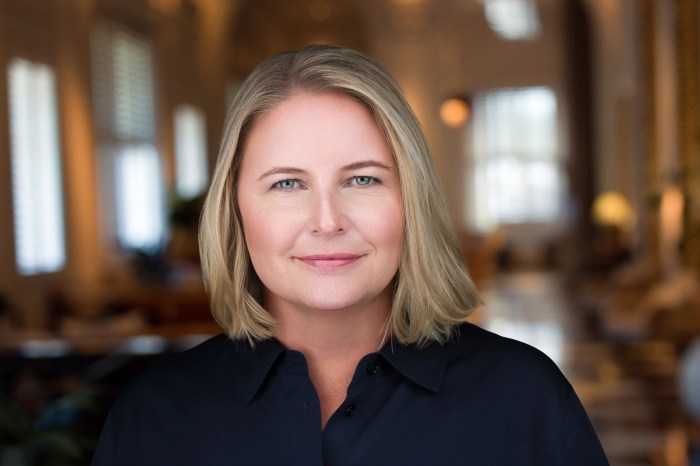
Ask yourself, first, how long you can expect to live. The average life expectancy for Asian Americans is much, much higher than it is for white and Black Americans, but each individual is different. Will you be healthy in the coming years? Take steps now for it.
Will you retain your memory? Whitman says that the rates of dementia are declining due to better nutrition and lifestyles, so know how to maintain brain health. Will you want to work a few years after retirement or have to? Will you have enough money to enjoy life? Being financially secure is one of the hallmarks of longevity, but a job after 65 doesn’t have to be a drudge.
And finally, one fact remains: you’ll eventually die. You may wonder how that’ll happen, but having plans for then will ease your mind today.
If you came across “The Second Fifty” on a shelf somewhere, you might think you’re getting advice on how to enjoy your so-called golden years. And it is that – but moreover, it’s about getting there healthy and set up to seize them.
At a time when life expectancy in America is lagging, that’s vital information to have – and when it comes from AARP’s chief public policy officer, you know you can trust it. Author Debra Whitman uses plenty of real-life examples to make her advice as relevant as possible, and what she says will make readers take a hard look at their lives to spot where even the most minor changes can make the most significant differences. Whitman also invites readers to consider the next generation by becoming activists for enhanced health care benefits, safer senior housing, elimination of racial and geographical differences in aging, and better ways to pay for nursing homes and memory care.
That makes this an excellent handbook for anyone over age 60, but it’s also a map for midlife, too, and don’t be surprised if your 20-something picks it up. If any of you are hoping for retirement someday, “The Second Fifty” should be part of your plans.


